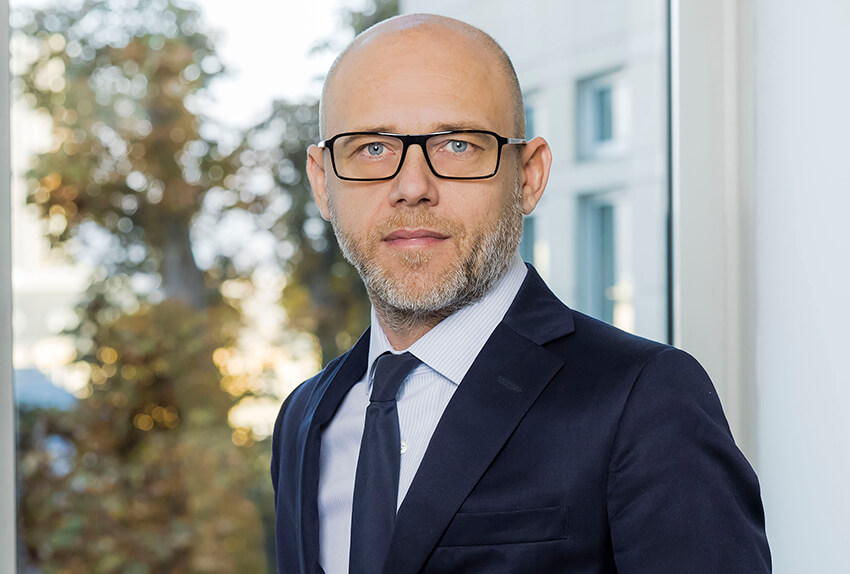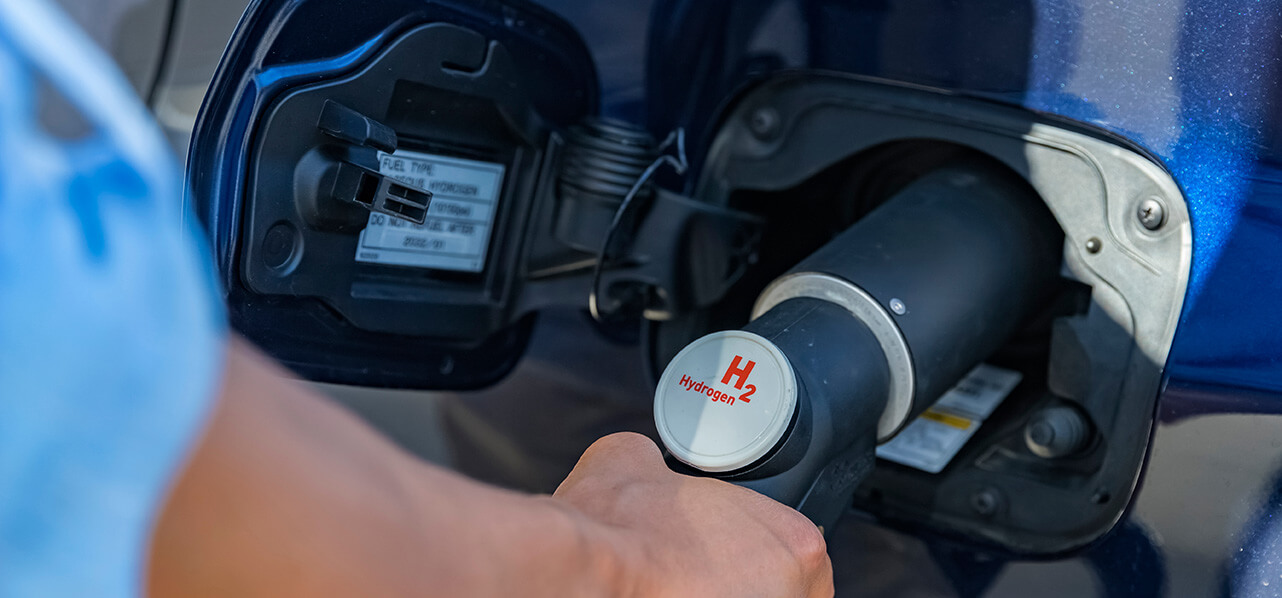Overview of the French hydrogen market
To face the challenges of ecological transition and climate emergency, the French State plans to develop low-carbon and renewable hydrogen and their industrial, energy and mobility uses. The core objective, enacted into law, is to have 20-40% of total hydrogen and industrial hydrogen consumption sourced from low-carbon and renewable hydrogen by 2030. Pursuant to the government’s Multi-Annual Energy Programme (PPE), the first objective is to reach a rate of 10% carbon-free hydrogen for industrial usage by 31 December 2023, then between 20-40% by 31 December 2028. Regarding power-to-gas installations, the objectives are 1 to 10 MW by 31 December 2023 and 10 to 100 MW by 31 December 2028. For hydrogen charging and refuelling stations, the objectives are rather limited: 100 charging stations by 31 December 2023 and 400-1,000 by 31 December 2028.


